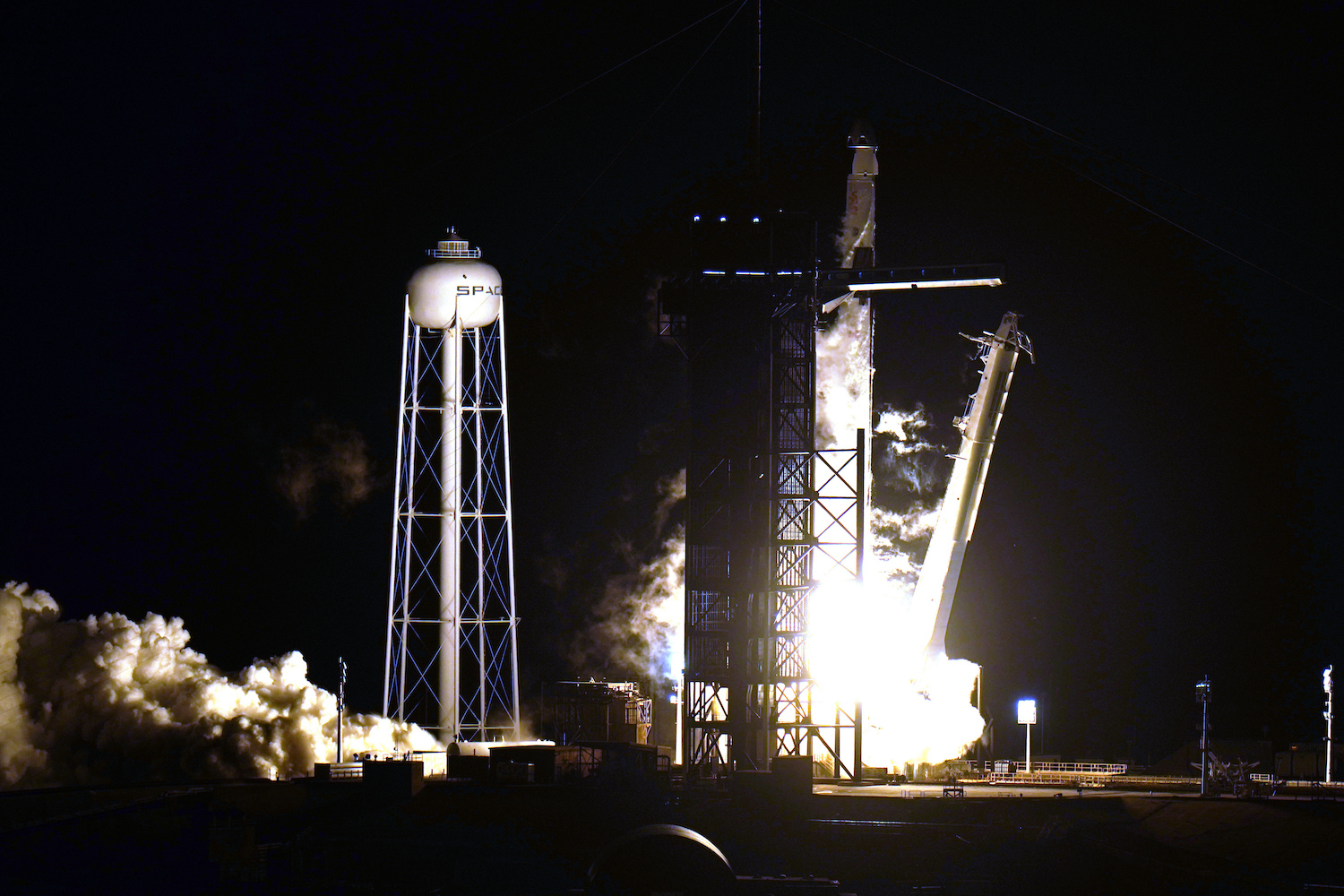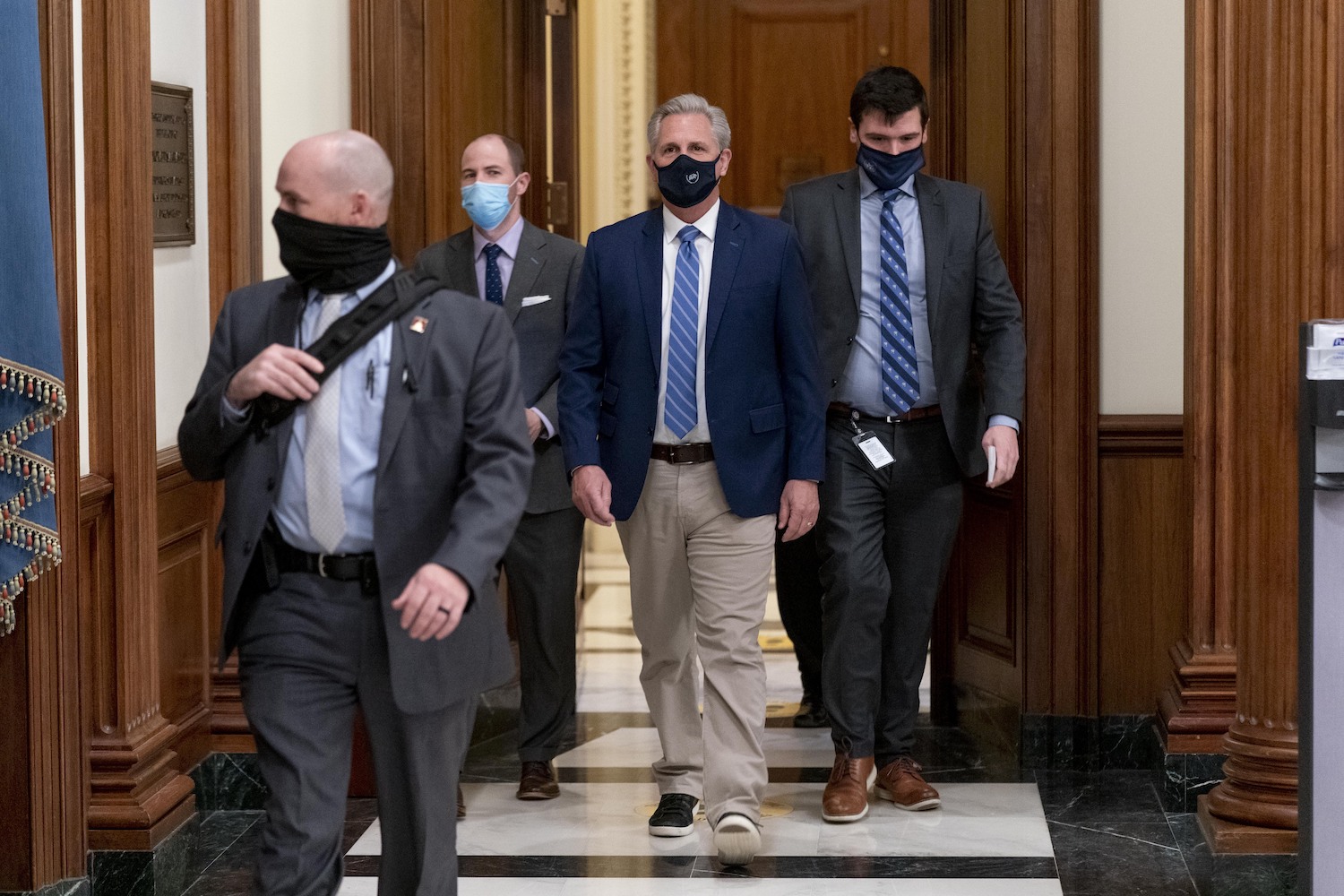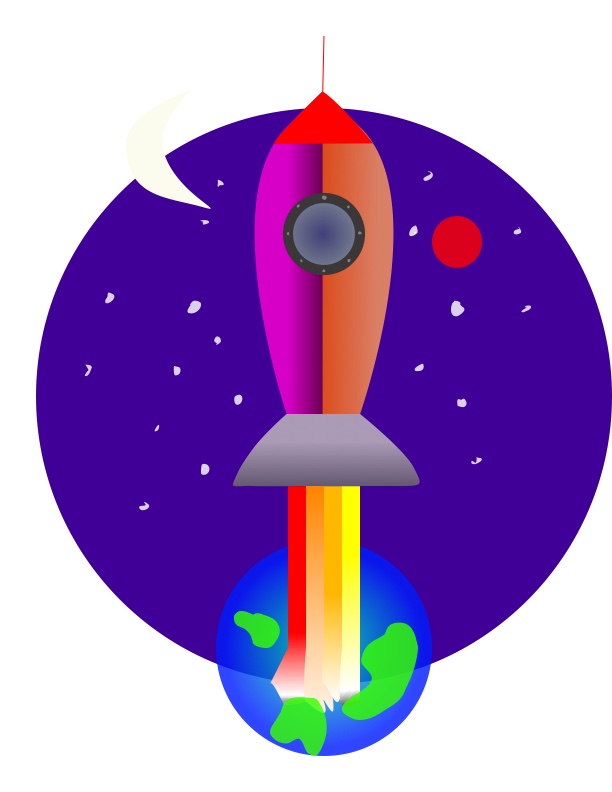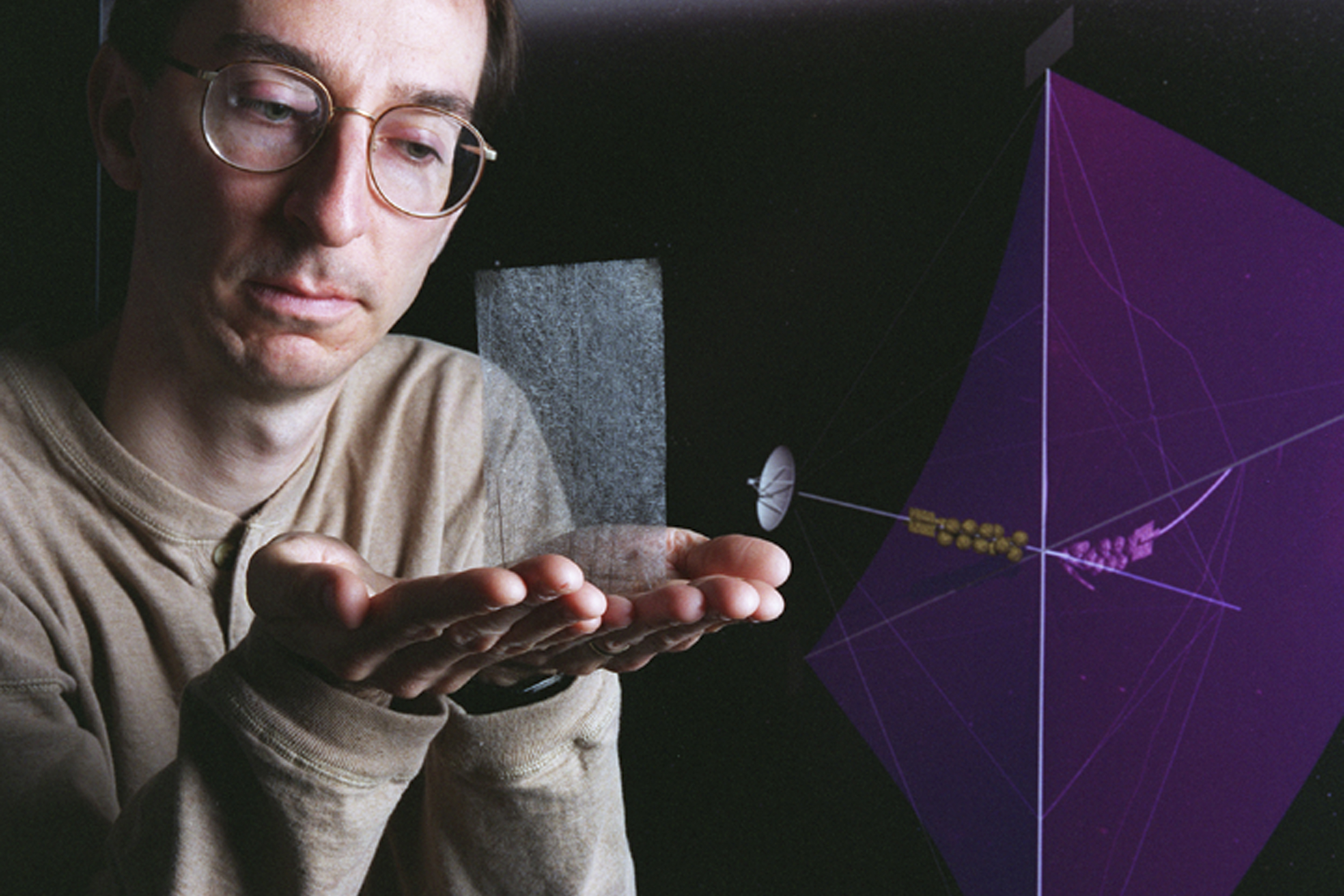2020 was a busy year for the world and an even busier year for the scientific community. The COVID-19 pandemic changed life as we know it while another pandemic of distrust and misinformation plagued society alongside it. Amidst all of this, plenty of unrelated scientific and technological accomplishments were made, some of which will shape the future of humanity in the coming years and decades. Here are some of the other biggest scientific stories of the last year.
This past year was one of great strides for climate science, with research and activism against a backdrop of devastation. Bushfires ravaged Australia for almost a year between 2019–20, peaking in January of last year and representing the worst ecological crisis in the history of the country. Nearly three billion animals were killed or displaced, according to a report by WWF Australia, and over 100 animal and plant species were pushed close to extinction. As of Jan. 12, 2020, the fires output an estimated 400 million tons of carbon—an unprecedented amount that is over two-thirds of Australia’s yearly emissions, according to NPR. The West Coast of the United States suffered similarly devastating wildfires later in the year, threatening species like the pygmy rabbit and northern spotted owl and burning more than five million acres across Oregon, California and Washington.
President Joe Biden announced an aggressive plan for tackling climate change. Climate change, clean energy and the COVID-19 pandemic were all hot topics in the 2020 U.S. presidential election. Scientific journals such as Scientific American, Nature and The New England Journal of Medicine criticized the U.S.’s COVID-19 pandemic response, with some officially endorsing Biden’s campaign—a first in the 175-year history of Scientific American.
Cancer research also made great strides in 2020, with new experimental treatments paving the way to a cancer-free future and cancer death rates continuously decreasing. Last June, researchers from the National Cancer Institute (NCI) published their findings on a new testing approach that used artificial intelligence to greatly improve the accuracy and efficiency of cervical cancer screening. A month later, international researchers reported on a new experimental blood test developed for detecting some forms of cancer up to four years before symptoms appear, with a 90% success rate. Outside of new testing methods, Australian researchers at the Harry Perkins Institute of Medical Research found honeybee venom to be a possible supplementary treatment and one of the first promising treatment methods for triple-negative breast cancer.
Last summer, the National Institute of Neurological Disorders and Stroke (NINDS) found that astrocyte brain cells are capable of harboring and spreading HIV throughout the body. According to Dr. Jeymohan Joseph, chief of the HIV Neuropathogenesis, Genetics, and Therapeutics Branch at the National Institute of Mental Health, the “new HIV cures need to address the role of the central nervous system.” More optimistically, an August report by Nature found that some rare people, nicknamed “elite controllers,” are able to cure themselves of HIV without additional treatment.
2020 was also a landmark year for space with SpaceX further carving out its reputation within the aerospace industry. On May 30, NASA and SpaceX’s Crew Dragon spacecraft shuttled two astronauts to the International Space Station as part of NASA’s Commercial Crew Program. The launch was the first time that astronauts had been launched to orbit from the U.S. since the final Space Shuttle mission in 2011, as well as the first time astronauts had entered orbit on a commercial rocket. SpaceX also faced criticism over their global broadband Starlink satellites, which have polluted the night sky due to their reflective surfaces.
In July, NASA launched its Perseverance rover, set to land on Mars later this February. Perseverance is the first Mars rover built by NASA since 2011’s Curiosity and will land at the same time as the Chinese National Space Administration’s (CNSA) rover Tianwen-1. NASA also found definitive proof that water exists on the Moon, leading researchers to question the conditions under which water can exist. Finally, astronomers continued to investigate J2157, the universe’s largest supermassive black hole that is 34 billion times larger than the sun and chows down a sun’s worth of matter every day.
Despite all of the misery that was brought along by 2020, the future of science remains optimistic. New experimental treatments for previously-untreatable illnesses are being developed as humanity ventures further out into the unknown in search of new horizons and knowledge. We can only hope that 2021 will be a brighter year for science and the world.






